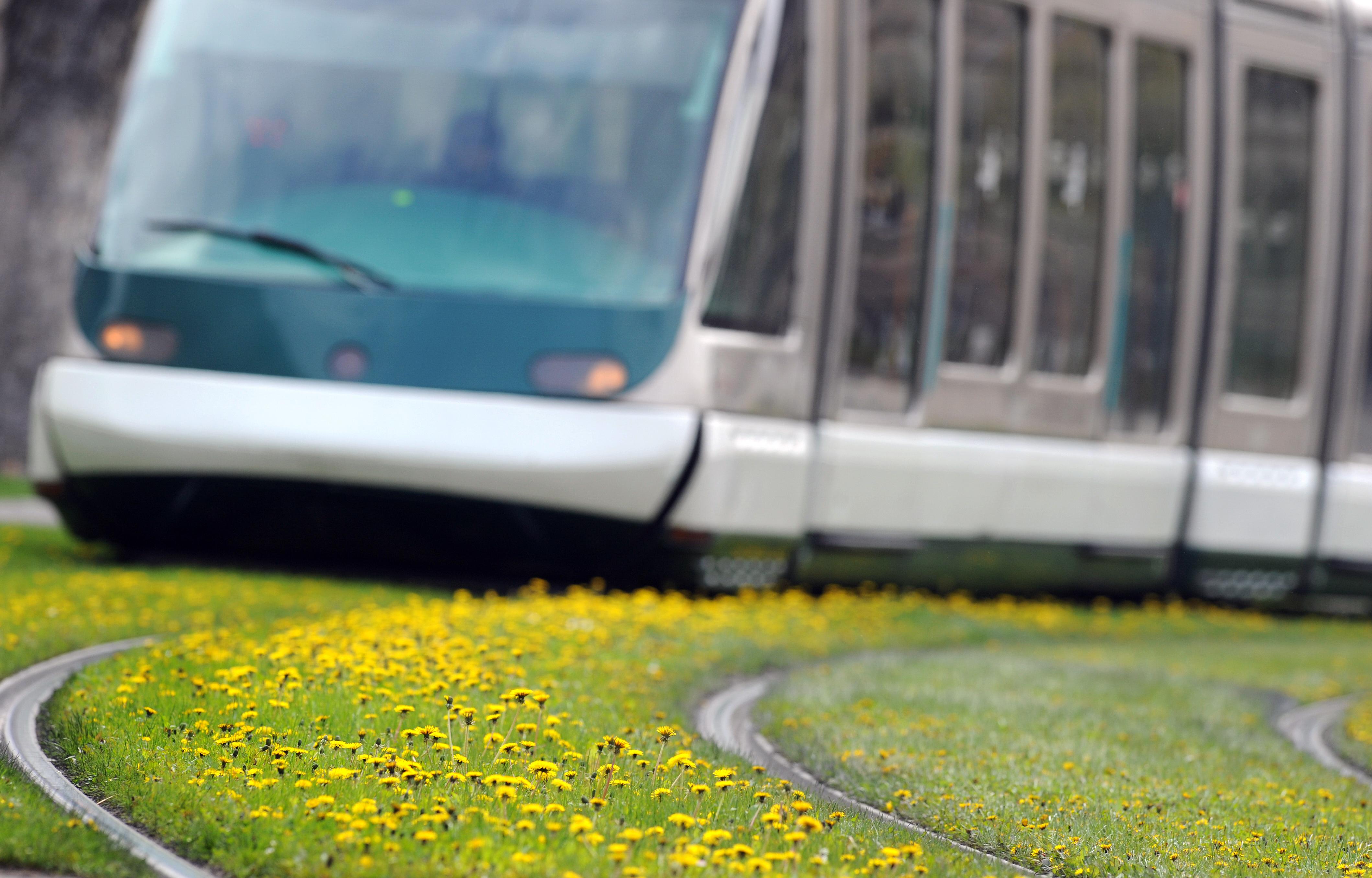When I rode the Strasbourg tram earlier today, I was pleased to see that they use a “proof of payment” system for fare collection. It was also apparent to me that many of my fellow American journalists on this trip regarded the system as bizarre and unfamiliar, so it’s perhaps worth explaining because it’s actually quite widespread and ought to be more widely used in the United States.
It starts with buying tickets. You can buy one. Or for a discount, you can buy a bundle of tickets—ten or maybe even larger bundles. Then when you actually want to ride the tram (or bus), you go to the stop and while you’re waiting for the tram to arrive you “validate” one of your tickets by inserting into a little machine that puts a time stamp on it. Then when the tram arrives you simply step on. Nine times out of ten, that’ll be it. But once in a while your tram will have an inspector on it who’ll ask to see people’s tickets. If your ticket has a recent time stamp (exactly how recent it needs to be has to be worked out according to overally system goals) then you’re golden. But if you don’t have a recently validated ticket, then you’ll have to pay a steep fine
The great virtue of this system is that people can board the vehicle very quickly because they simply step on board. The transactional hassles of payment and validation are handled during otherwise wasted waiting time.
And over the course of an entire route, speeding the boarding process can make a really substantial difference. And that’s important because faster speed sets off a virtuous circle. For starters, a faster transit mode is more attractive to riders and will collect more fares thus allowing a given level of subsidy to provide more service. Second, faster speed lets a fixed quantity of vehicles and drivers provide more frequent service. That increases the value of the line which, again, attracts more riders and more revenue and allows for more service. So even though it seems like a small change it can actually have quite large benefits for your system.
One reason Americans tend to shy away from it, I think, is that the transit conversation gets a bit excessively dominated by exotic uses. Important people drive everywhere, except maybe while traveling, and proof of payment systems are more complicated for visitors to figure out than a simple “hand the bus driver some money” approach. But the majority of transit ridership is regular transit users taking the bus in the city where they live. And proof of payment is a much better way of delivering higher quality service at reasonable price to transit users. And if proof of payment was more widespread, it’s biggest downside—people don’t always get what’s going on—would be massively ameliorated simply by making people more familiar with it. So, seriously, ask your local transit agency why they aren’t looking at a switch to proof of payment.
